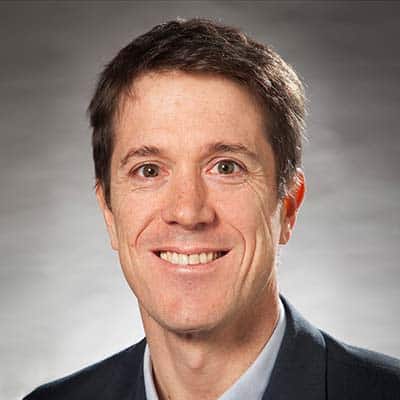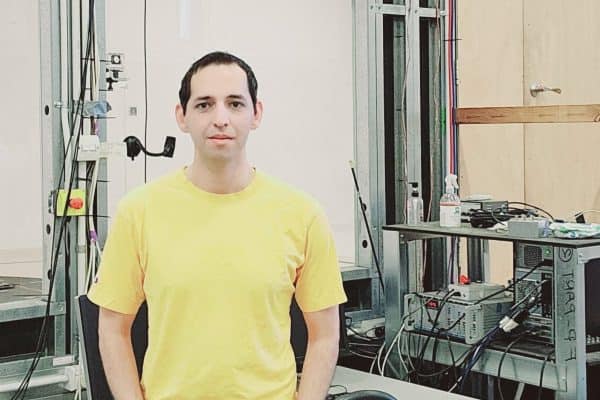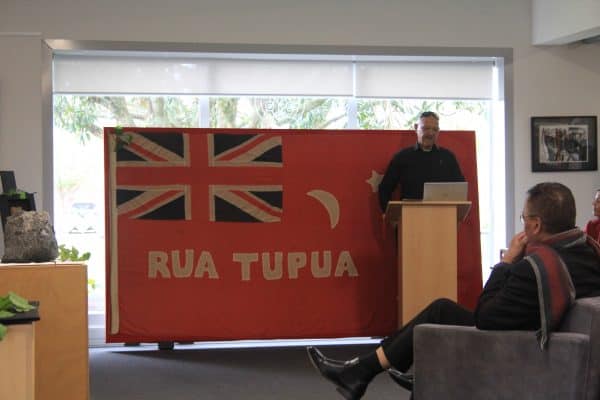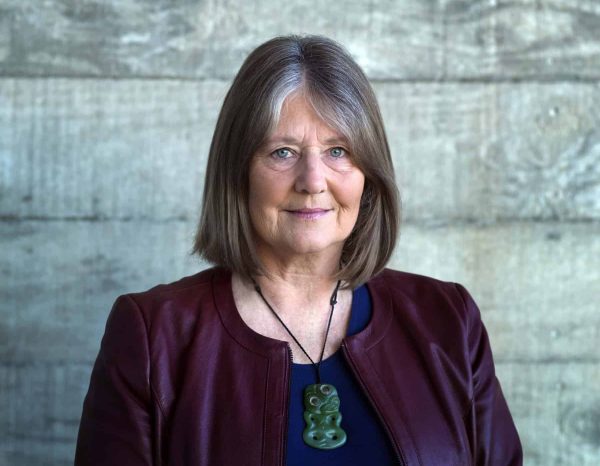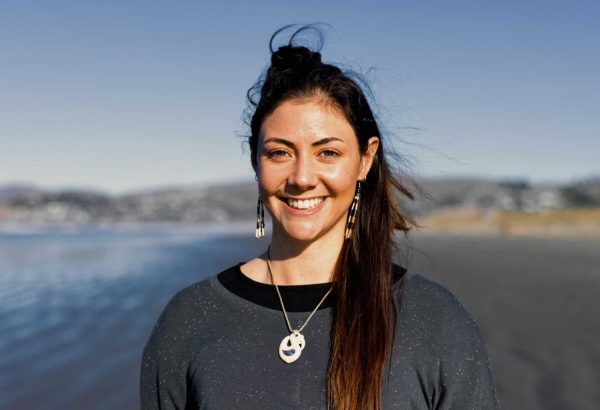Q. Tēnā koe Tim. Can you tell us how you got into Civil Engineering? Were you always interested in building things?
Kia ora! As a kid I always thought I would become an architect. I loved playing with lego and art and thought that being an architect is sort of like combining the two. However, at a school careers expo day I came across a stand on engineering and saw that all the subjects I was taking at school were well suited to engineering. I had heard very little about engineering and so it was a hard choice between engineering and architecture but in the end, I am glad that engineering won out.
Q.You completed your PhD at the University of Pavia in Italy. What was your PhD topic?
My PhD topic was “The Seismic Design of Frame-Wall Structures”. I loved this very broad PhD topic that was proposed because my main supervisors (Professors Nigel Priestley and Michele Calvi) had begun questioning the traditional approach engineers use to undertake seismic design. They had identified a number of significant shortcomings with traditional thinking and wanted me to help develop a new approach for structures possessing both frames and walls. Frame-wall structures are very common and yet the interaction between frames and walls (and the floors that connect them) is often not well understood.
Q. You lived in Italy for a long time, and became head of the Design Methods Section of the European Centre for Training and Research in Earthquake Engineering, as well as Assistant Professor at the University of Pavia. How did your time there shape your research interests?
My main research interests are in the fundamentals of seismic design, assessment and retrofit. These research interests were really sparked by the critical thinking of my PhD supervisors and the other academics I met at the ROSE School in Pavia. I was given tremendous opportunities to explore and advance my research ideas in the years that followed and these eventually saw me take an interest in loss-assessment and the seismic performance of non-structural elements (SPONSE). A colleague in Pavia, Prof. Andre Filiatrault, was also very influential in the world of SPONSE and working with him certainly helped spark my research into non-structural elements.
Q. Could you briefly summarise the objectives of the Vertical Infrastructure workstream you’re leading in the Built Environment programme?
Our workstream will seek to identify effective means of reducing the damage and disruption caused by future earthquakes. The research will focus on two main research areas; Quantifying and mitigating the risk (in terms of monetary losses, which can be linked to disruption and downtime) associated with different design solutions and building technologies; Supporting the development of design and assessment standards for NZ buildings to enable enhanced performance objectives to be achieved in practice.
Q. What do you hope will come out of your project that will have real world impact for communities?
The research findings should help engineers and building owners/developers make better-informed choices during building design and assessment that will lead to a more effective use of our resources.
Q. I understand some of your research relates to cost-effective ways to reduce damage and safety risks in buildings. Can you tell us a bit more about that?
Our seismic design and assessment procedures tend to focus on checking that life-safety criteria are met for earthquake shaking intensities that have a certain return period (e.g. 500 years). However, while two buildings may appear to perform equally well at a 500-year return period intensity level, they may perform very differently in other return periods. Differences in performance can arise due to the characteristics of the structural system used (e.g. base-isolated versus steel braced frame buildings) and the types of connections used for non-structural elements (such as ceilings, cladding elements and plasterboard partition walls). Our research in this area is helping to highlight how various design choices and improvements to certain building components can most effectively reduce a building’s seismic risk.
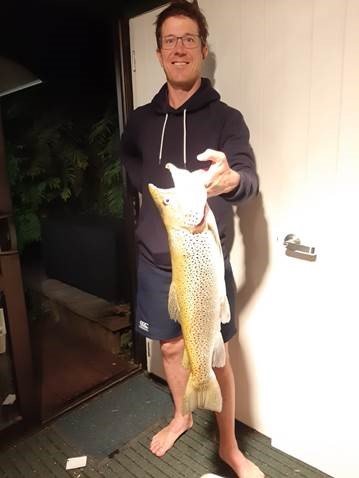 Q. What do you like to do outside work?
Q. What do you like to do outside work?
I like to spend time with my wife and two kids. I particularly enjoy taking them biking and playgrounds (gives me an excuse to be a kid again!) I also really love trout fishing and golf with my dad (who can go round under his age!)
Q. What are your future research aspirations?
I would really like to help develop high-performance housing solutions, both low-rise and medium density that are adopted in practice so that we are much less affected by future earthquake events. I’m also keen to continue developing the seismic design and assessment guidelines that help engineers quantify seismic risk and communicate differences in seismic performance more effectively.
